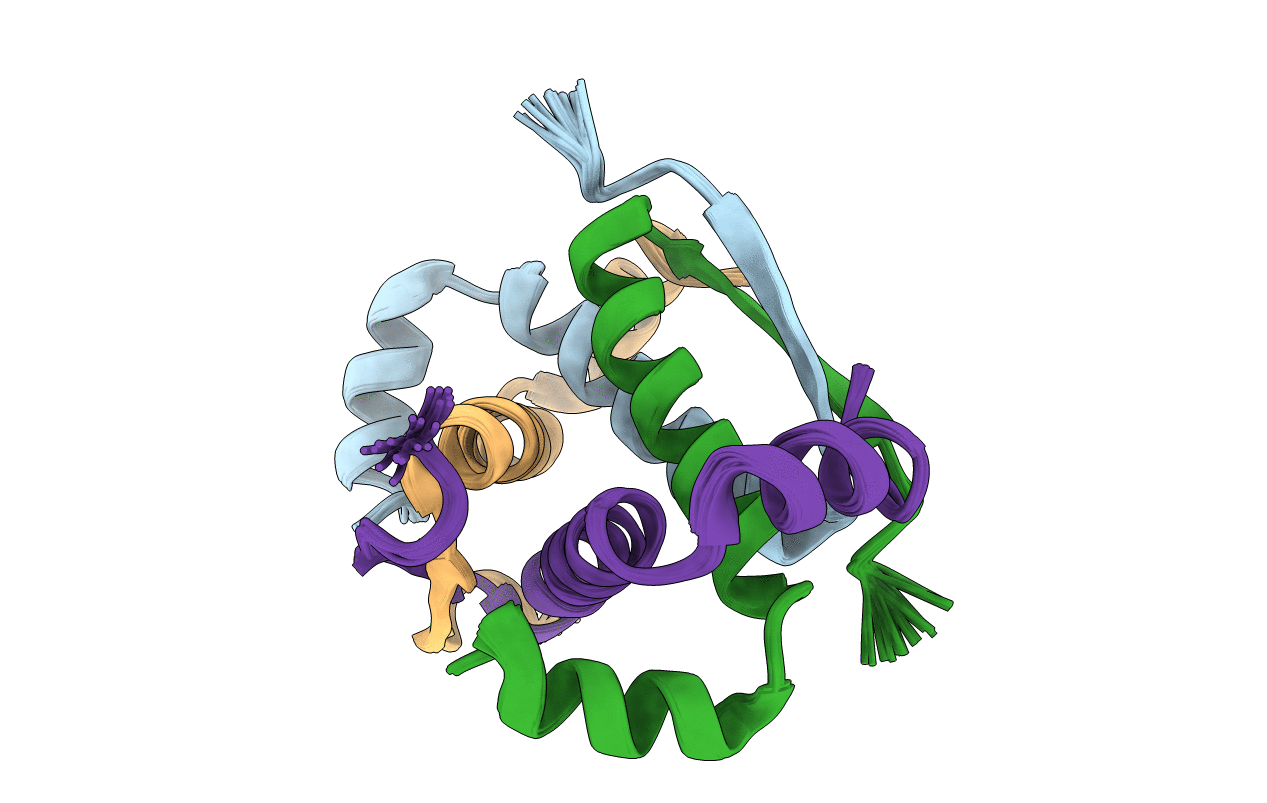
Deposition Date
2014-10-27
Release Date
2015-10-28
Last Version Date
2024-05-15
Entry Detail
PDB ID:
2MW4
Keywords:
Title:
Tetramerization domain of the Ciona intestinalis p53/p73-b transcription factor protein
Biological Source:
Source Organism:
Ciona intestinalis (Taxon ID: 7719)
Host Organism:
Method Details:
Experimental Method:
Conformers Calculated:
100
Conformers Submitted:
20
Selection Criteria:
target function


